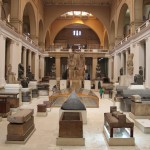Comparing the Ancient Egyptian Collection at the British Museum with the one in Cairo
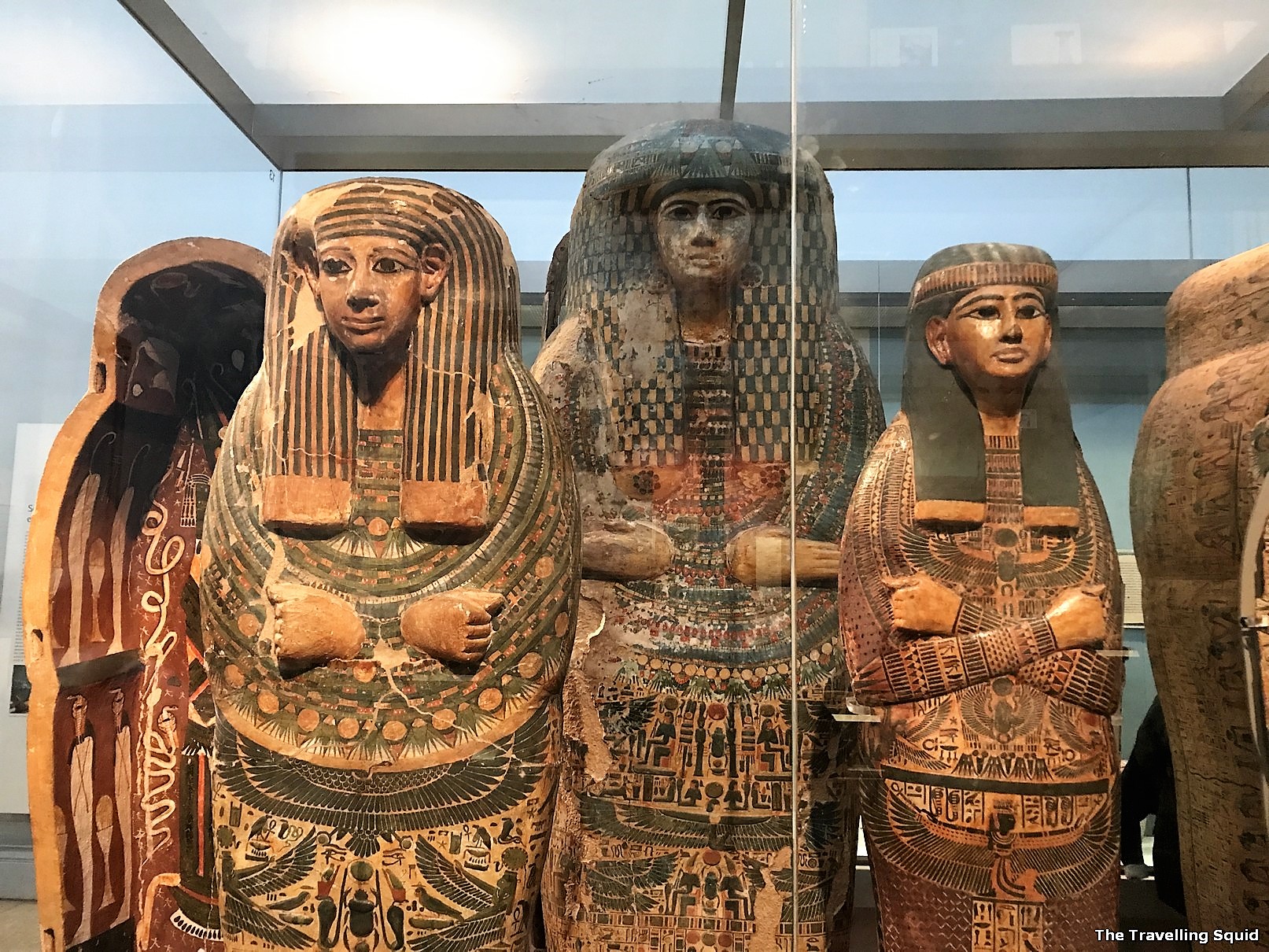
Having been to the Egyptian museum in Cairo, I visited the British Museum hoping to get a sense of how the Ancient Egyptian Collection at the British Museum would compare to the one in Cairo. At the British Museum in London, there were no ‘human CCTVs’ (camera guards) (on standby to fine you if you pulled out a camera and took photos without the official camera receipt). There was no need to pay a sky-high admission fee, and the toilets were clean. No toilet attendants has asked for money for handling you toilet paper.
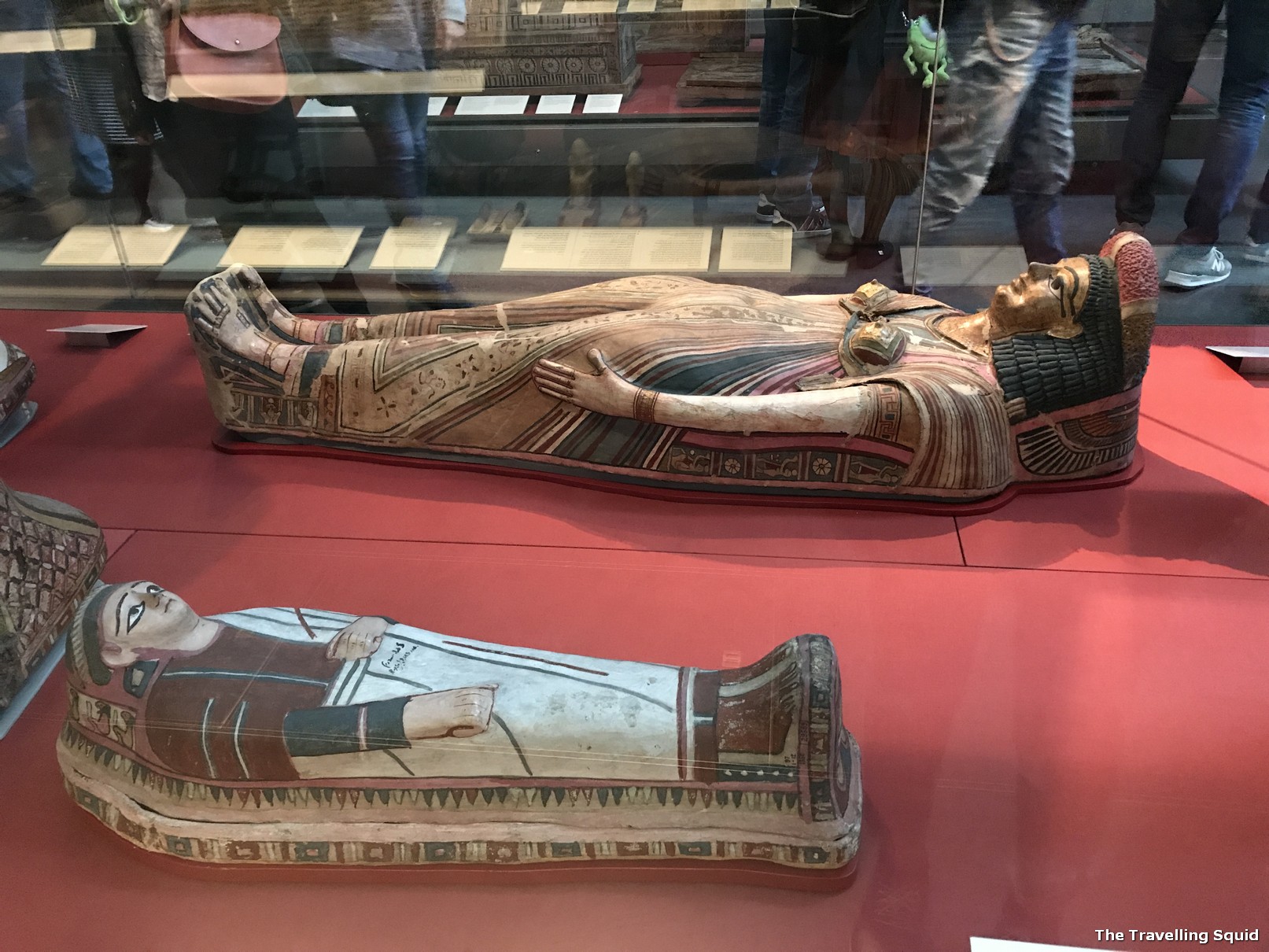
I have to be perfectly honest. The Egyptian museum in Cairo was disappointing and everything the British Museum offered, even the simplest most trivial thing like clean toilets was a balm to my wounded memory of gold Egyptian funeral masks, brightly painted coffins and mummies.
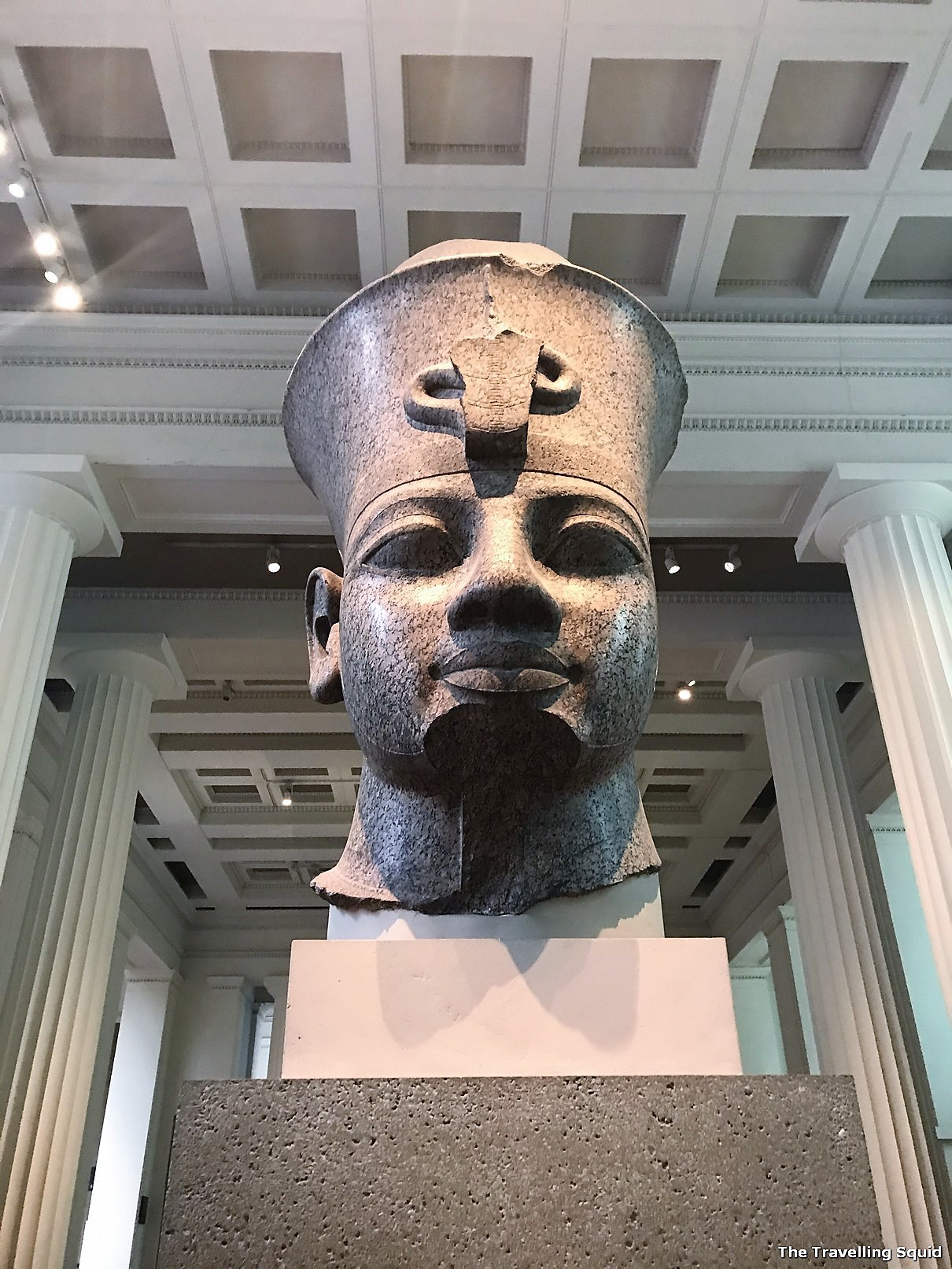
There is no doubt that the Ancient Egyptian collection at the British Museum is very valuable. There are gold masks, artefacts that were under the lock and key of museum Guards at the Egyptian museum in Cairo. One could only view them after paying yet an additional cost of USD10. Here, they were placed in a display showcase, with in-depth descriptions of the time they were from and what they were used for. It was more illuminating than just telling visitors the names of the artefacts, and leaving them to figure out the rest of the story.
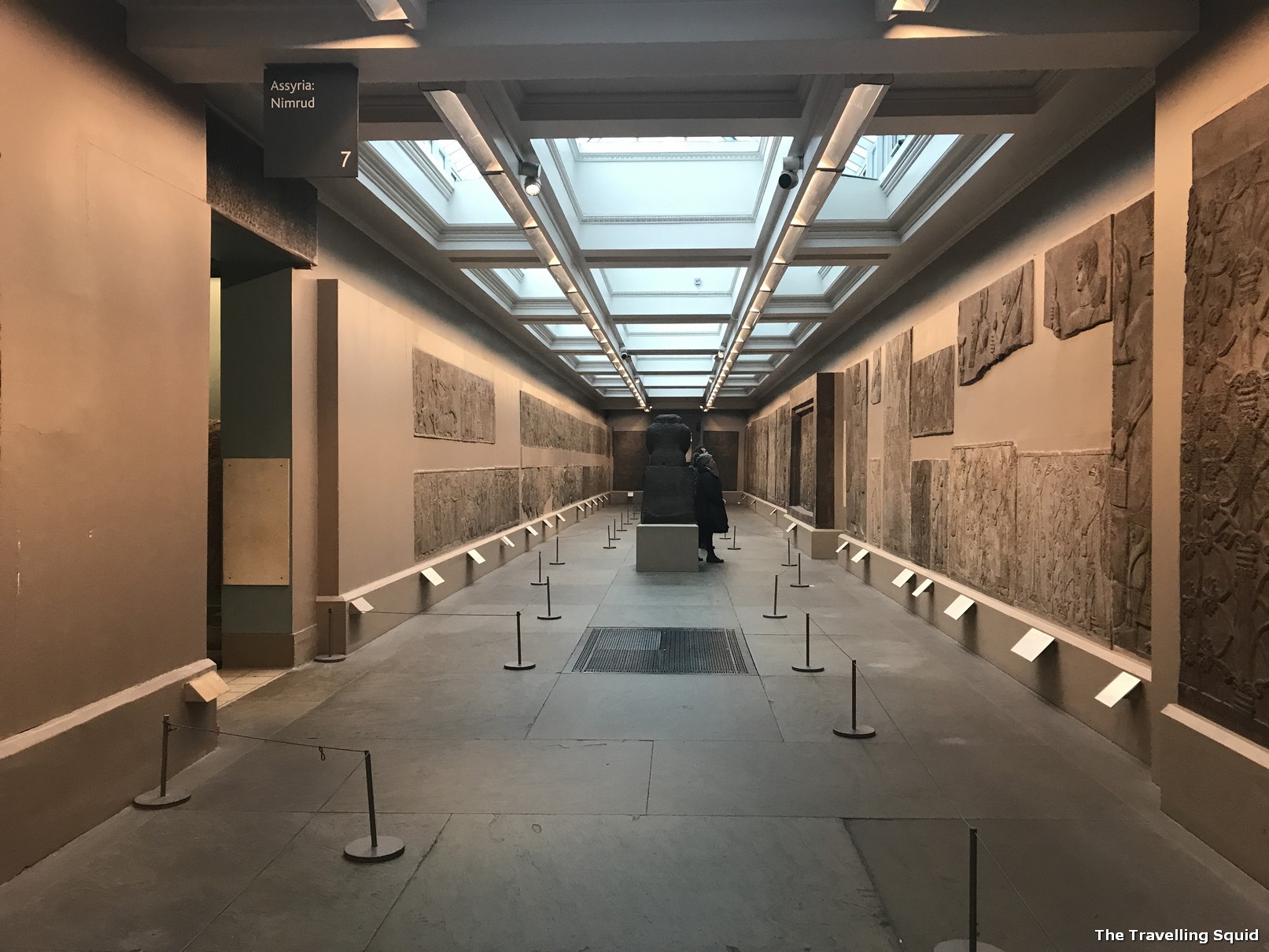
Unfortunately for us, we were not spared a quiet moment at the Ancient Egyptian collection at the British Museum. No sooner had we read the descriptions and were about to view the ancient, did a throng of tourists enter the fray. The tour guides started giving guidebook-like descriptions in an audible tone, of what the Egyptian Civilisation was like many centuries ago. She was like a Lonely Planet audiobook.
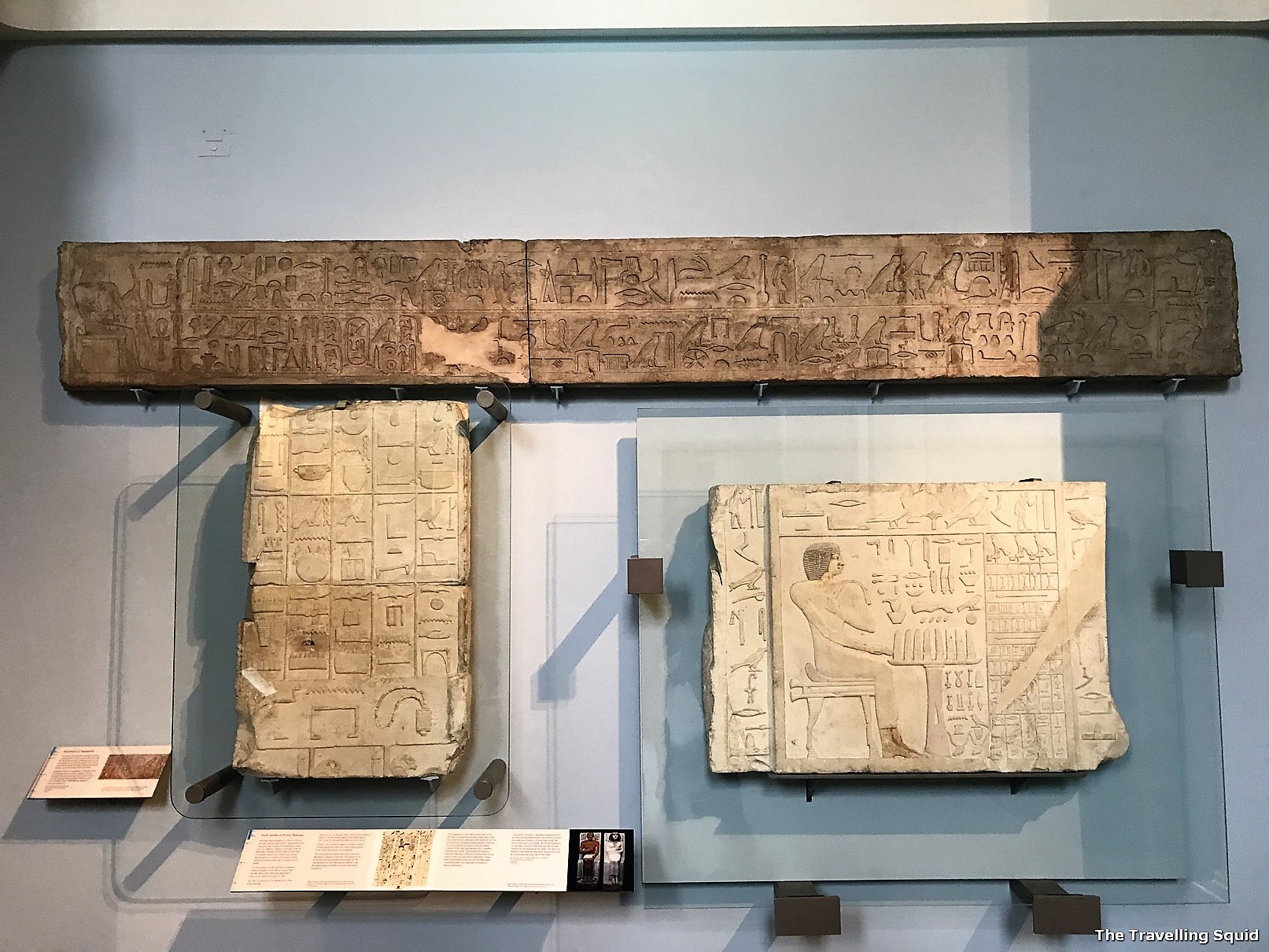
Some tourists, like wandering sheep ignored her and proceeded to view the exhibits through their camera phones. Some went even further, and delightedly posed with an ancient object. It is always interesting to see how humans can derive such joy and satisfaction, by placing their faces next to ancient objects, and taking a photo for remembrance. It was as if they had descended to the depths of ancient history, and like a peasant in the past, discovered a prayer cup in the ancient hills.

But the story must progress. As we were usurped from our quiet viewing of the Egyptian collection, we quickly sought refuge in the peace of other civilisations, such as that of Greek and Roman civilisations. There we found disfigured sculptures of Roman Emperors and elegant sculptures with their faces, limbs and chests being chopped off. Someone must have really disliked Julius Caesar as his marble head had been chopped into half.
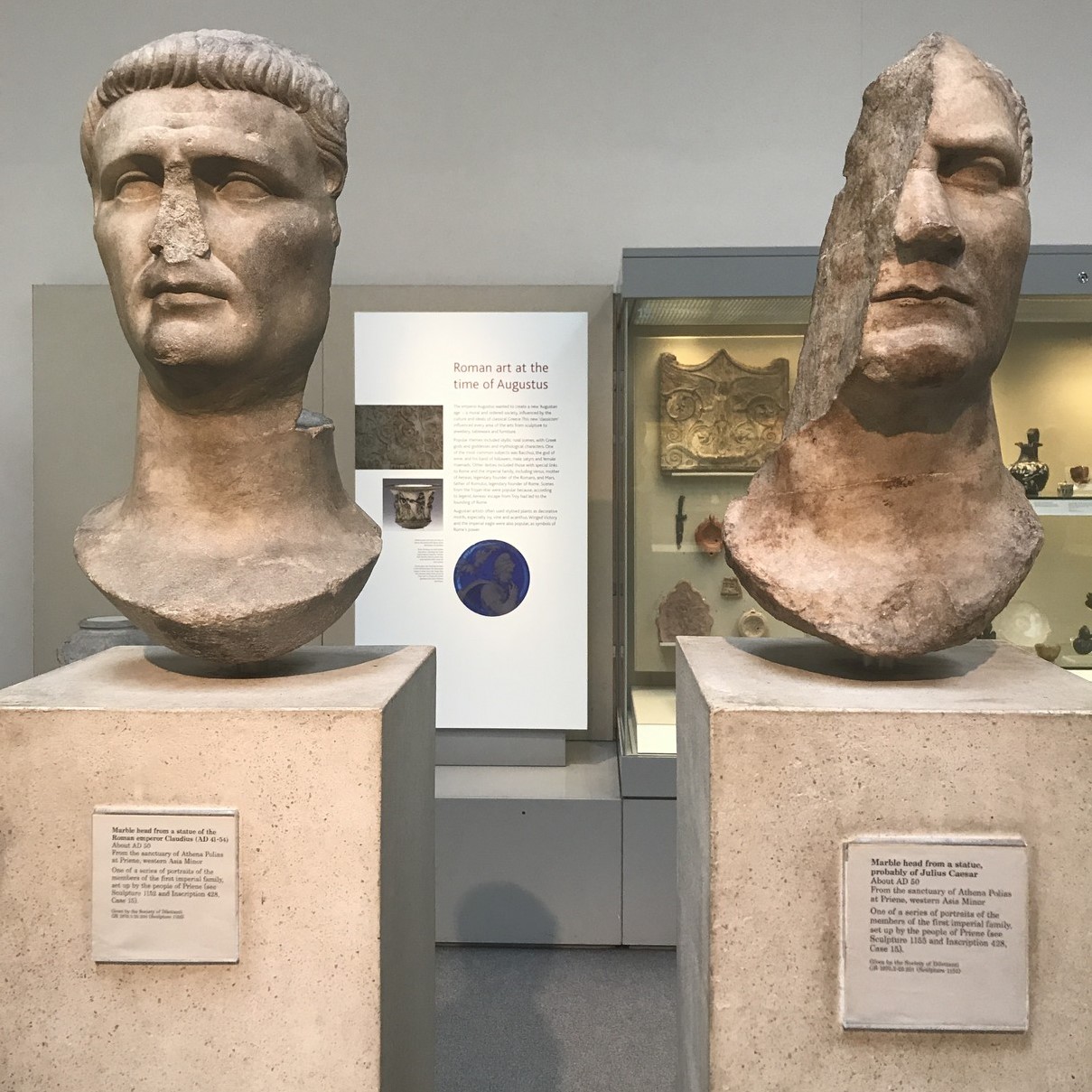

Will several years of history ahead of us, a sense of calm had been restored. We were allowed to view wine vats at our own leisurely pace, as how an aristocrat would view his collection of intricately carved pottery pieces. While the crafts were more simplistic in nature, they certainly brought to one a peace of mind. In the corners of my mind, I could see chambermaids, pouring wine from these vats for gluttons at banquets.

The Travelling Squid’s Take
The Ancient Egyptian Collection at the British Museum was by far the most interesting of all collections, due to its grandeur, intricacies of artwork, and the fact that so much was done given rudimentary knowledge in science and technology at that point in time. It may not be fair it to compare it to the Egyptian museum in Cairo, but it felt that so much more could be done, for the museum in Cairo to live up to its potential. The other collections are worth admiring too – just that it might be a mouthful in one visit. I suggest that you use your imagination to picture what people were like in the past then, to help these exhibitions come to life. That happened to me for the wine vats.
* * *
The Ancient Egyptian Collection at the British Museum
- Address: Great Russell St, Bloomsbury, London WC1B 3DG, UK
Phone:+44 20 7323 8299 - Opening hours: 10am – 5.30pm
- Admission: Free (though a donation of £5 is encouraged)


